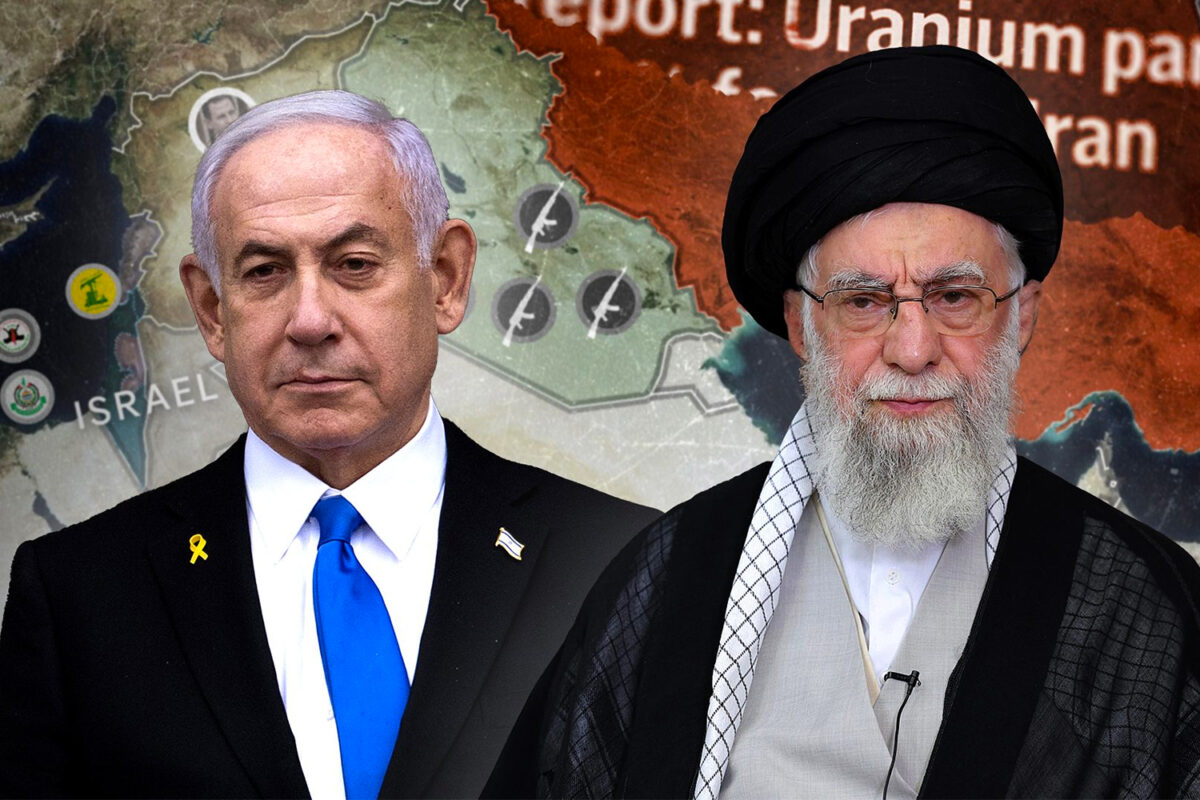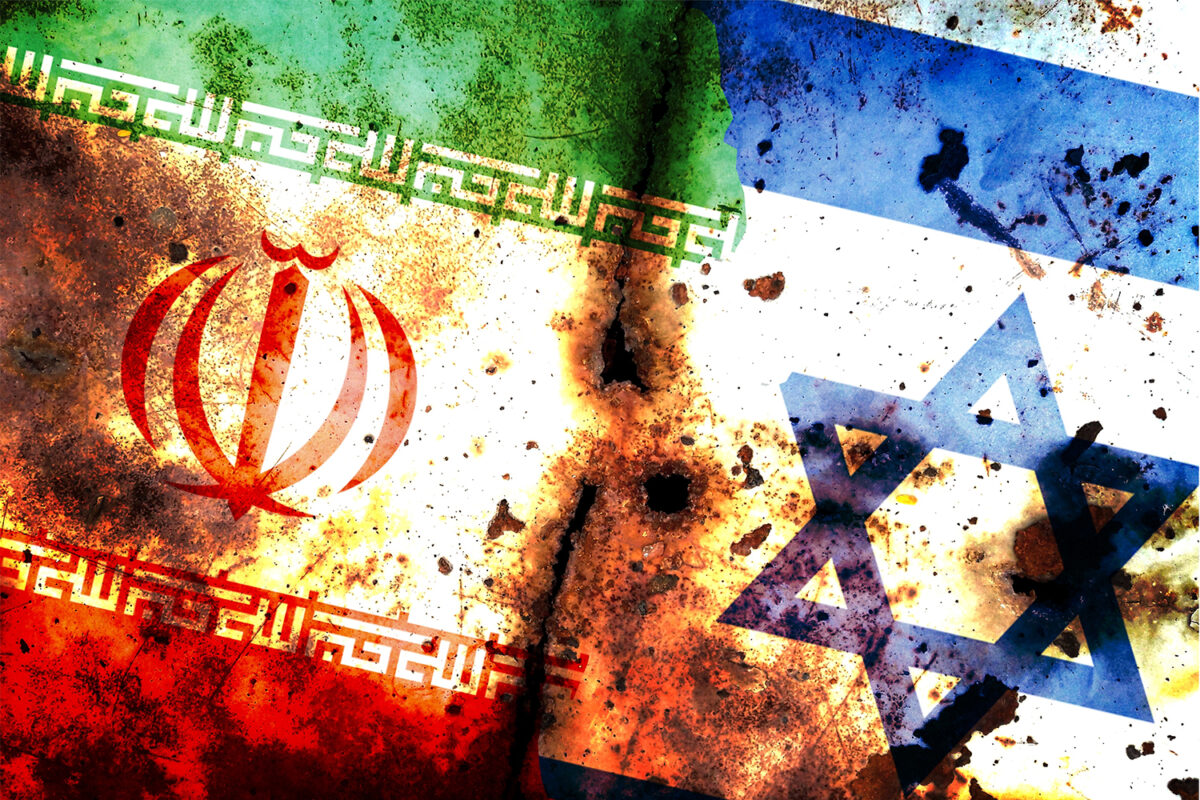In RO’s Arab spring – 4 years series we looked at where the uprisings stood on its fourth anniversary and whilst much has changed, a lot has also remained the same. The Arab spring was a seminary event in the region as decades of autocrats and monarchs oppressed the people of the region. When the people took to the streets for real change the world stood in shock and awe at this unprecedented event. When the uprising reached Syria we concluded something unprecedented was unrevealing and it was this reason this very website was started, back in July 2012. Unfortunately, today, aside from Syria all the other countries where uprisings took place, are either marred in civil war or the gains of the uprising have been reversed. Despite this, there are numerous trends taking shape in the region in the medium-to-long term that will make the Arab spring just the opening salvo in the gigantic shifts takings place in the region. In this final part of the series we analyse some of the key trends that will affect the region, in the medium to long-term.
Firstly, from Morocco to Iraq and Yemen to Syria the Middle East and North Africa of 2050 will be younger and larger than it is today. 100 years ago when the region was carved up the population of the region was a mere 60 million. By 1950 this had increased to 100 million. Then in a demographic explosion took place, 250 million people were added by 2000. The population in the region today is 360 million and expected to nearly double to 600 million by 2050. Half of the Region’s population resides in Algeria, Egypt and Sudan. Egypt the largest nation in the region is projected to reach 130 million by 2050.[1] 54% of the region’s population is under the age of 25, whilst nearly 36% is under working age. All this means nearly a million 16 year olds will be looking for employment every year up to 2050, jobs that do not exist. With little long term planning by the rulers of the region this ticking time bomb needs to be housed, fed, educated and secured. The Arab spring uprisings showed us that the use of oppressive rule in order to control the masses is no longer a viable option.
Secondly, Sir Mark Sykes and Francois Georges-Picot were British and French diplomats who redrew the map of the region between the Mediterranean Sea and Persia after World War I. They invented countries like Lebanon, Jordan, Syria and Iraq. Some of these nation-states are in turmoil and their sustainability is now a pertinent question. With conflicts flowing across international boundaries and central governments becoming mere factions amongst many other factions, the region is where it was 100 years ago. The Middle East as we know it was crafted to divide and weaken the Muslims. Weak groups and ethnicities that would remain loyal to the west were brought to power. This is why countries such as Kuwait, Jordan and Lebanon are artificial nations. In Syria today, Bashar al-Assad is just one faction amongst many and in Iraq the government in Baghdad is struggling to be more than just another faction. The Sykes-Picot Middle East is eroding and this has significant implications for the world. With the people in the region not unifying on nation and nationalities that were created for them, and the demand for Islam being one of the main cries in the region the west’s hegemony is being challenged in the region.
Thirdly, the biggest failure in the region and one of the main reasons that led to the Arab spring was economics. Unemployment in the region is 11%, the highest in the world, youth unemployment is 30%. Across the region there is a consistent pattern of massive policy failure on very basic matters such as food security, education, development and employment. The United Nations Food and Agriculture Organization (FAO) reported in 2009 that over 100 million people live below the two dollars-a-day international poverty line. A number of nations in the region have a heavy reliance on oil exports, this has created a dependency on the oil process and has kept such economies narrowly focused. Such huge energy wealth remains in the hands of monarchs, families and business elites with the vast bulk of the population languishing in poverty. The non-oil economies in the region, whilst rich in Agriculture and minerals rely upon oil-related services, worker remittances, intra-regional investment flows, regional tourism receipts and aid. The inability of many of the regions countries to develop sustainable sectors of the economy has resulted in 14% of regional export earnings going to debt servicing. In Lebanon, debt servicing accounts for 47% of the government’s budget. Jordan, Morocco and Tunisia spend more on debt servicing than they do on education. Many a westerner argued the autocrats were needed in the region in order to maintain stability, but such rulers have been a complete failure and now the region understands how to dispose of them.
Fourthly, survey after survey has shown the people of the region want Islam, something indigenous to the region, to play a central role in governance. The Pew research Centre in Washington, 2013 survey found that support for Shari’ah as the official law of the land was well above 50%. Especially in Iraq 91%, and the Palestinian territories 89%. Only in Lebanon does opinion lean in the opposite direction at 29%.[2] Similarly a Gallup poll in 2006 titled Islam and democracy, gathered data from 10 predominantly Muslim countries and found in places such as Jordan and Egypt the demand for Shari’ah as a source of legislation was in the 80% range.[3] The Muslims in the region, that constitute 97% of the population want to see their beliefs represented in the legislation and governance of their countries. For long the Muslim rulers played lip service to the demands of the people and by oppressing those that organised into groups to call for Islam. But with the fall of long term dictators such as Hosni Mubarak, this is no longer a sustainable policy.
The Middle East after 100 years of Sykes-Picot stands at an epoch. The artificial architecture created by the British and French is tearing apart at the reams and no amount of stitching can keep it together. The Muslim rulers, who have long played the role of maintaining the artificial architecture in the Middle East, have lost their ultimate tool – fear. Looking forward there are huge unprecedented demographic, economic, political, social, technological and geopolitical trends taking shape that will sweep away the status quo.
Editors Note: 2015 marks the 100 year anniversary of the Sykes-Picot agreement between Britain and France, where the borders of much of the region’s nation states were manufactured. The Arab spring challenged this status quo which has brought into the question the sustainability of Sykes-Picot. With numerous, multifaceted trends taking shape in the region this will be the subject of Adnan khan’s new book: 100 Years of the Middle East: An Alternative View, to be published in August 2015.
[1] http://www.arab-hdr.org/publications/other/ahdrps/paper01-en.pdf
[3] http://media.gallup.com/WorldPoll/PDF/GALLUPMUSLIMSTUDIESIslamandDemocracy030607.pdf




